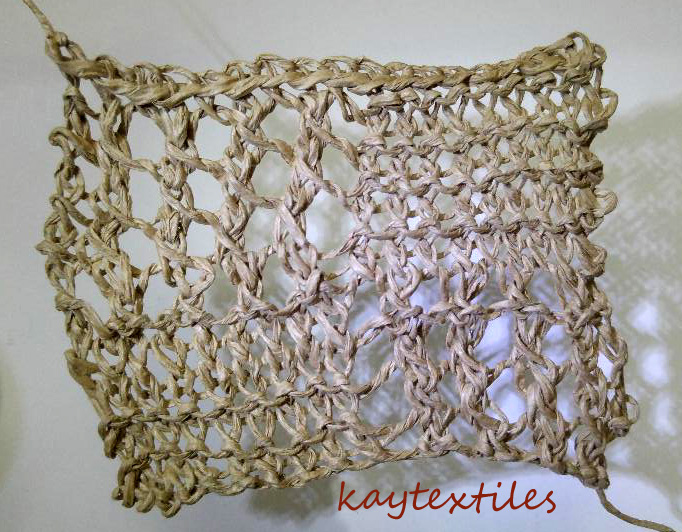This module is presented in a square, 30cm x 30cm Seawhites ring-bound sketchbook, with both black and white pages, the same format used for Module 3. I find it works well, being more flexible and useful than the more traditional large design board.
Historical Study
The historical research covers the Elizabethan Period, that of Queen Elizabeth I's reign, 1558-1603. As flowers were the theme, I chose to focus on:
- the slips from Traquair House - lived in since 1491, Traquair is Scotland's oldest inhabited house. The history of the House is told in 50 Objects and these slips come in at No 10 - after Napier's Bones and before the Oak Carvings in the chapel. The story behind them is a remarkable one which is related on Traquair House's website. I was fascinated by the fact that they were never used (they had UFOs in those days too!) and were only rediscovered in the 1950s.
- the Geneva Bible of 1583, a present to Queen Elizabeth I, one of the finest books of the time in terms of design and decoration. When I came to research it, it was also much larger than I thought being 17"x12". Even the border is exquisite - a wavy line of gold cord and green silk alternately containing pairs of leaves and pairs of shapes filled with seed pearls.
- excerpts from The Praise of the Needle by John Taylor published in The Needles Excellency, 1631. It gives a flavour of the time.
- line drawings to present typical designs of the time.








OPTION 1 - An Area of the World
For this section I looked at North African embroidery concentrating on Morocco, Algeria and Tunisia. This is a mainly a pictoral study mainly of embroidered textiles with floral designs. Though when you think of North Africa you think of woven textiles there is also a rich history of embroidered works. I also include stitch samples for more usual stitches used in this area. Floral motifs are often used in this part of the world as they are exempt from the ban on portraying living things. However, they are generally stylised rather than representational.
'Moroccan embroiderers do not seek to imitate nature. Their decorations consist entirely of either abstract motifs or stylized derivations.' Isabelle Denamur, Moroccan Textile Embroidery 2003.
An interesting discovery in my research was that Matisse had collected North African embroideries on his travels and some appear in his pictures. Indeed, in his paper cuts I see inspiration from the stylised flora of some of the North African embroideries I have studied. One quote from the Royal Academy of Arts website for the Matisse in the Studio exhibition really caught my attention:
'I have worked all my life before the same objects...The object is an actor. A good actor can have a part in ten different plays; an object can play a role in ten different pictures.' Henry Matisse, 1951
The following are the North African pages from my sketchbook (apologies as not the easiest thing to photograph as there are smaller page inserts and pull outs):














































